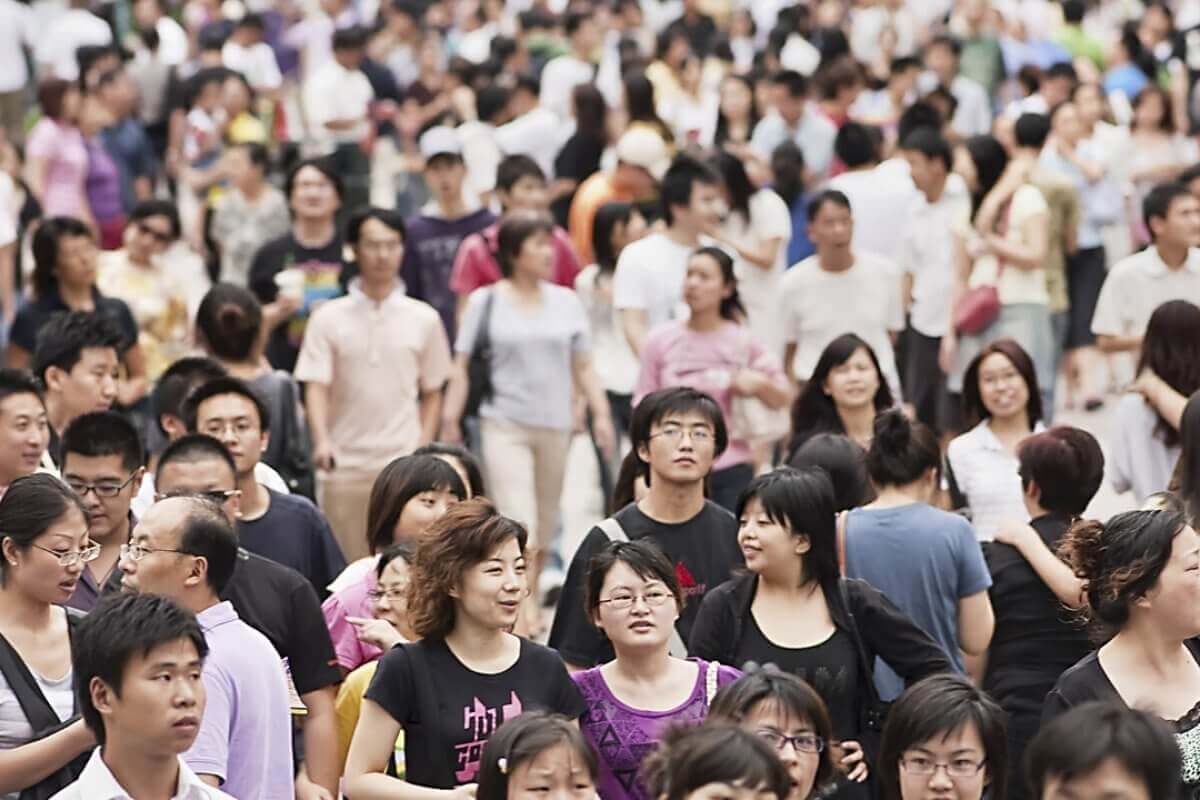China’s National Bureau of Statistics released the results of its 2020 census on Tuesday, which showed that the population of mainland China increased by 5.38% over the last decade to 1.41 billion. It also pointed to an overall decline in fertility rates and an increase in life expectancy, indicating that China faces an ageing population for a long time unless strong policy intervention is introduced.
According to the results of the ten-year population survey, the number of newborns in China in 2020 was down to 12 million from 14.65 million in 2019, which marks a drop for the fourth consecutive year. The population size aged between 15 and 59 dropped nearly 7%, while those aged above 60 went up more than 5%. Moreover, China’s total fertility rate was 1.3 births per woman, a relatively low level, and on par with countries like Japan and Italy. On the other hand, the country’s ageing population has been shown to lead longer and healthier lives. With birth fertility rates in China expected to drop even lower in the coming years, possibly even becoming the lowest in the world in the absence of significant policy intervention, demographers predict that India will overtake China as the world’s most populous country by 2023 or 2024, due to its a much higher fertility rate. This is earlier than the UN’s 2019 prediction that this would happen by 2027.
The latest population data has ramped up pressure on Beijing to expand incentives to couples to have more children and avert an irreversible decline. Liang Jianzhang, who is a professor at Peking University’s School of Economics said in a video posted on his Weibo account that it would cost 10% of China’s GDP to raise birth rates from the current 1.3 to the replacement level of 2.1. This cost, he said, would be offset by future contributions made to the economy. “If a family gives birth to another child, that child’s future contributions to social security, to tax revenues, will exceed 1 million yuan,” he said.
China has long worried about its population growth as it seeks to keep up with its economic rise and boost prosperity. Population growth slowed ever since a one-child policy was introduced in the late 1970s when the size of its population was the world’s largest at more than 1.39 billion people. The goal of the policy was to make sure that population growth did not outpace economic development and to ease the burden on the environment and natural resources. The plan was supposed to be a temporary measure and is estimated to have prevented up to 400 million births since it was executed. Although it was formally discontinued on October 29, 2015, the programme has given Beijing reason for long-term concern.
China’s 2020 Census Results Raise Demographic Concerns
China’s once-a-decade population survey has illustrated the country's demographic challenge of dealing with a rapidly ageing population and a decreasing fertility rate.
May 12, 2021

SOURCE: SHUTTERSHOCK
